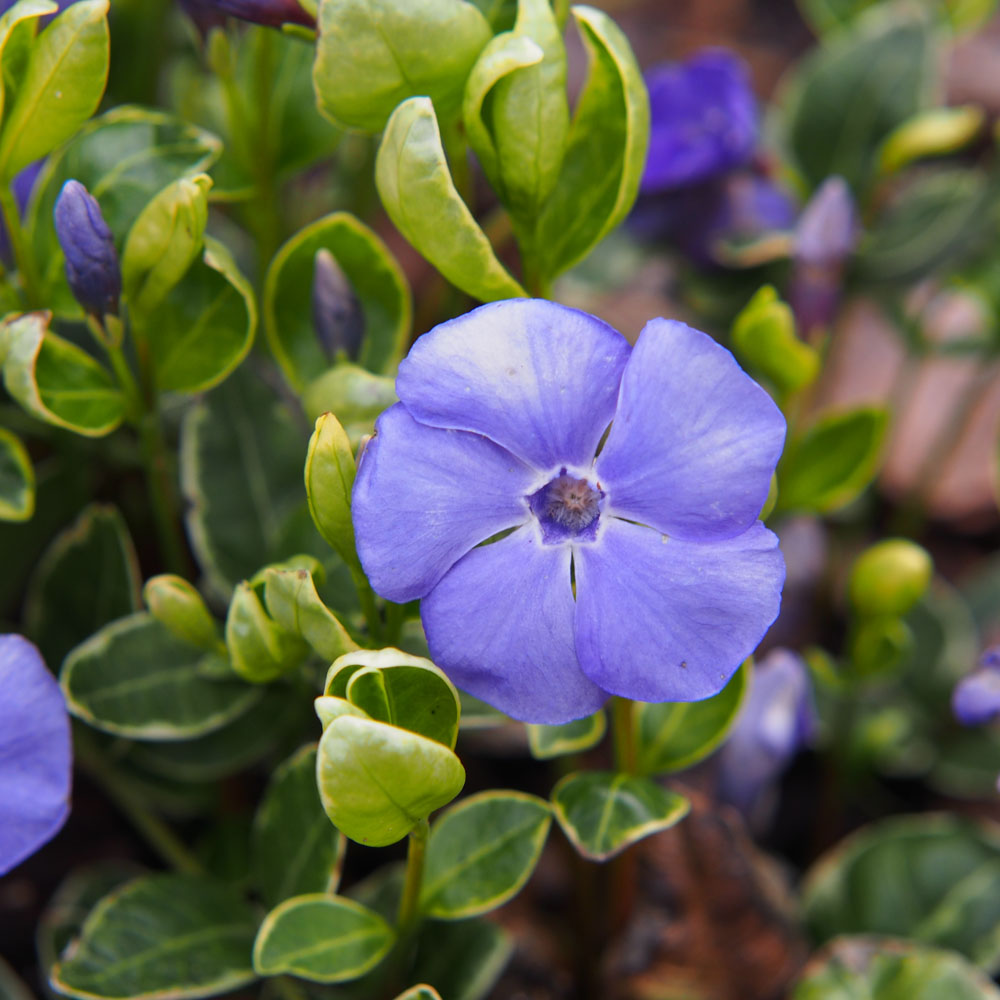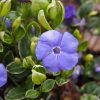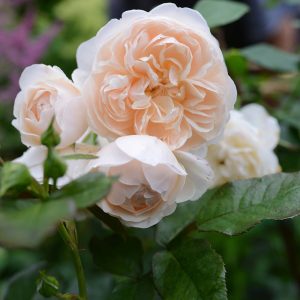Description
Vinca minor ‘Ralph Shugert’ is a charming evergreen ground cover that is prized for its attractive foliage and delicate blue flowers. The plant features glossy, dark green leaves with striking creamy white margins that create a bright and lively contrast. In spring, ‘Ralph Shugert’ produces small, five-petaled flowers that bloom in a beautiful shade of pale blue. This variety is particularly well-suited for use in rock gardens, borders, or as a ground cover under trees or in shaded areas. It is a low-maintenance plant that requires minimal care and is able to adapt to a wide range of growing conditions, making it a popular choice for both novice and experienced gardeners alike.
Key Facts
- Common Name(s):lesser periwinkle ‘Ralph Shugert’
- Hardiness:Fully hardy
- How big will I get? Vinca minor ‘Ralph Shugert’ can grow to a height of 0.1m and a spread of 1m.
- Did You Know That:Periwinkle comes from the Latin pervinca which translates as thoroughly bind?
Plant Calendar
A rough guide to how this plant will change through the year.
| Jan | Feb | Mar | Apr | May | June | July | Aug | Sept | Oct | Nov | Dec | |
| Flowering Time |  |
 |
 |
 |
 |
 |
||||||
| Foliage Colour |  |
 |
 |
 |
 |
 |
 |
 |
 |
 |
 |
 |
| J | F | M | A | M | J | J | A | S | O | N | D |
 |
 |
 |
 |
 |
 |
||||||
 |
 |
 |
 |
 |
 |
 |
 |
 |
 |
 |
 |
Care Guide

Soil Requirements
Vinca minor ‘Ralph Shugert’ thrives in wet or damp soil with decent drainage or in poorly draining soil. This plant can grow in soil with a wide range of pH levels, it is not picky about the pH level of the soil.

Best Position
Vinca minor ‘Ralph Shugert’ can handle either an exposed or a sheltered position and is a very versatile plant that can cope with full shade, partial shade, or full sun.

Maintenance
Vinca minor ‘Ralph Shugert’ will benefit from pruning in Spring. Shrubs that produce their flowers in mid to late Summer or Autumn, typically flower on new growth, so by reducing the shrub in Spring you encourage lots of new, flower producing growth.

Pest, Diseases and Wildlife
Vinca minor ‘Ralph Shugert’ can have problems with aphids, it can be vulnerable to certain diseases such as rust. It is also known to attract bees. It is toxic to cats, dogs and horses.





